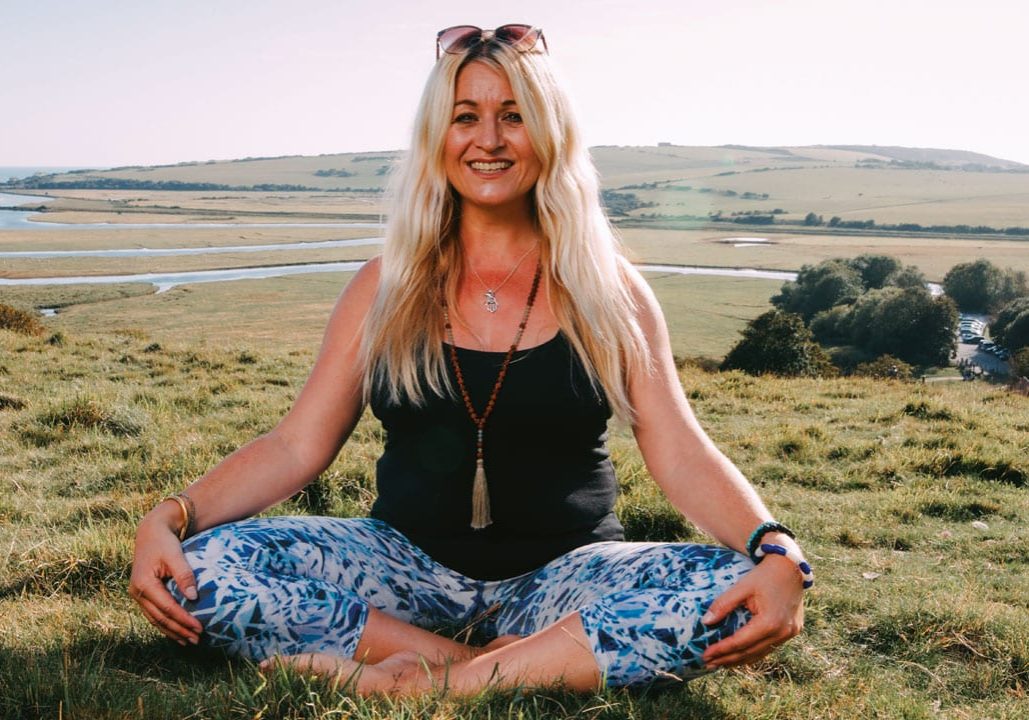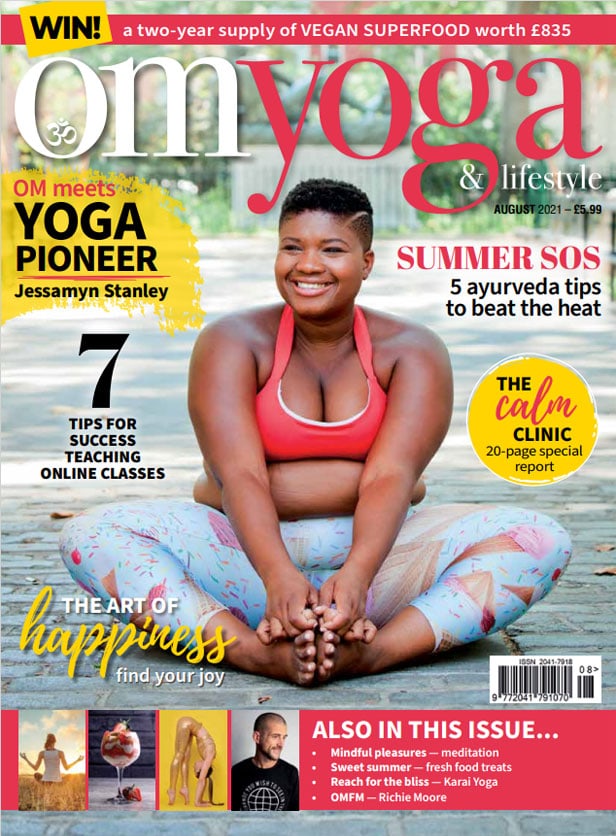
Calm meditation
Simple meditation tips for a calm, peaceful life. By Eva Kristlova
Before I knew what meditation was, I was really intrigued and could not wait for my teacher training course to cover this topic. I always thought of a meditation as something mysterious and complicated. I was surprised by what I learnt: that in fact meditation can be very simple.
To put it in everyday language, meditation is stilling or quietening our mind. It can be that simple. Although, as many of us know, making our mind calm, quiet and free from thoughts and distractions can be quite challenging. With our busy lives and all that is happening in the world, we are constantly stimulated, and our minds are working overtime.
Here are a few tips and techniques that help me to take a little time out and meditate. Traditionally we practice meditation seated with our spine straight and eyes closed.
Meditating on breath
The first step towards stilling our mind is directing our attention away from the outside world and to our breath. We start noticing our inhalations and exhalations and the pauses between the breath. Then we can start noticing everything else associated with our breathing. The length and depth of the breath, the sound and even the temperature of the air that flows in and out of the nose. We feel the rise and fall of our chest and belly as we breathe in and out. When we focus on one thing (breath, in this instance) our mind has no space to worry about anything else. We bring our busy mind into a single point of focus. We meditate!
It is completely normal for our minds to get busy throughout the meditation practice. We live in a very busy world and there is a lot going on all the time. Please don’t be put off by the constant movement of your thoughts. When you notice that your mind is travelling in time try to bring yourself back to now, to this very present moment and to your breath. Meditating on the breath is one of the most used techniques; all you need to do is to quietly observe your breath.
Meditating on an object
We can meditate on a special object and fully immerse ourselves in that which we meditate on and become one with it. We can meditate on a flower: notice the type, colour, scent, texture, size, and meditate on where it came from and how it ended up in front of you. We can meditate on a pebble: hold it in your hand, feel its smoothness, connect with its energy, know the timelessness of it.
We can meditate on a picture of someone who inspires and uplifts us. Focus fully on the object of your meditation and receive its qualities and energy.
Meditating on sound
Chanting or listening to chanting brings about a meditative state as the vibration of the sound resonates with the frequency of the nature and universe. The ancient mantra ‘Om’ is traditionally chanted at the beginning and/or end of yoga practice. There are many other amazing mantras and chants that you can use. Crystal bowls, Tibetan bowls and gongs are also widely used during sound meditations.
Meditating in nature
Clearing our head whilst walking in the forest or on the beach is priceless. It is one of the best ways to get ‘out of our head’ and into the present moment. We are all part of nature. When you are out, put your phone on silent and become one with all that is around you. Notice the birds singing, feel the sun on your face, the breeze playing with your hair, see the vibrant colours around you. Feel your feet touching the ground. It is amazing what you see when you look up. When was the last time you tilted your head back and lost yourself in the trees above you rather than reading messages on your phone? Being in nature is true medicine. Go out often and know that you are an essential part of nature too.
Moving meditation
As we move and connect our body and breath together, we enter a meditative state. As a matter of fact, the aim of a yoga practice is to make our body able to sit for longer periods of time in order to meditate (so no, it is not to be able to do a handstand!). During our yoga practice we link the asana together and create a moving meditation. It is not just yoga practice but any movement that is mindful and focused, for example, diving, snorkelling, swimming, running, cycling or paddle boarding. When you are balancing on a paddle board, for example, you need to calm your mind, slow down your breath, be in the present moment and focus on where you are going. If you lose your awareness you will get wet!
Eva Kristlova is a professional yoga and meditation teacher based in East Sussex. She’s offering OM readers a complimentary week of Yoga Life Online Membership where you can explore different types of classes and meditations. To claim your free week, email her: info@yoga-life.co.uk




